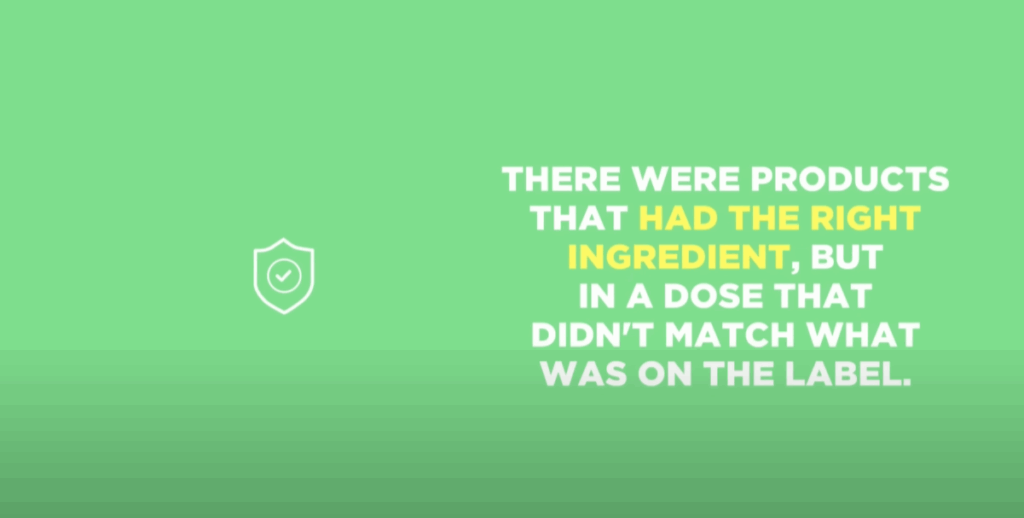In the world of fitness and bodybuilding, there’s always a buzz around the latest compounds promising massive gains with minimal drawbacks. One of the most talked-about in recent years is SARMs, short for Selective Androgen Receptor Modulators. These compounds are often marketed as offering similar anabolic effects to steroids—but without the harsh side effects.
With so many influencers, supplement sellers, and gym-goers discussing SARMs, it’s crucial to separate facts from fiction. Are SARMs truly the safer alternative they’re portrayed to be? Or are we simply watching history repeat itself with another risky supplement trend?
Let’s explore the facts, risks, and realities behind SARMs from a science-based, professional perspective.
What Are SARMs?

SARMs are synthetic drugs designed to bind specifically to androgen receptors in muscle and bone tissues. The original purpose was medical—helping patients combat muscle-wasting diseases, osteoporosis, or age-related muscle loss.
What makes SARMs unique compared to anabolic steroids is their selectivity. Whereas steroids affect the entire body—including the liver, heart, and reproductive organs—SARMs are meant to target only muscle and bone, potentially reducing unwanted side effects.
This selective action is what makes them so appealing in the fitness world. They offer a tempting promise: increased lean mass, better recovery, and fat loss potential—all without the legal, hormonal, or health risks of steroids.
But does that promise hold up?
The Supplement Industry and Unregulated Hype
One of the biggest red flags surrounding SARMs is the way they’re sold and marketed. Though they are not approved for dietary supplement use, you can easily find SARMs for sale online and even in some supplement stores. Most are labeled “for research purposes only,” a legal loophole that allows companies to sell them without FDA approval.
This gray market is concerning for several reasons:
- Labeling Issues: A study published in the Journal of the American Medical Association in 2017 found that only about half of 44 SARMs products tested actually contained the compound listed on the label.
- Dose Inaccuracy: Some products contained far less than advertised—one was labeled as having 10 mg of a specific SARM but actually contained only 0.1–1 mg.
- Ingredient Substitution: A number of tested products either included different compounds or were blended with multiple unlisted substances.
These findings highlight a dangerous truth: if you’re buying SARMs on the open market, you likely don’t know what you’re putting into your body.

Do SARMs Actually Work for Muscle Building?
The limited research on SARMs does show some promise—in clinical settings. Compounds like Ostarine and Ligandrol have been tested in medical trials to preserve lean body mass in aging populations or those with degenerative diseases.
However, applying this research to healthy individuals—especially at the high doses used by some bodybuilders—is speculative at best. Most clinical studies use conservative doses aimed at preventing muscle loss, not building large amounts of muscle tissue in already healthy individuals.
There’s a widespread misconception that simply increasing the dose turns an anti-catabolic drug into an anabolic powerhouse. But biology isn’t always that linear. In fact, higher doses can significantly increase the risk of side effects without proportionally improving results.
The “Legal Steroid” Illusion
Many companies and fitness influencers sell SARMs as “legal steroids.” This label is highly misleading. While SARMs may not fall into the same legal classification as traditional steroids, they are still prohibited for human consumption by regulatory bodies like the FDA. Moreover, organizations that conduct drug testing—such as the World Anti-Doping Agency (WADA)—have explicitly banned SARMs.
So while you might technically be able to buy them without a prescription, using them in sport or competitive bodybuilding is grounds for disqualification.
The “legal” label also misleads buyers into thinking these substances are thoroughly tested and safe—when, in fact, their long-term safety is still unknown.

Risks, Side Effects, and Suppression
Despite being marketed as safer alternatives, SARMs are not without risk. Some reported side effects include:
- Testosterone Suppression
Many users experience a drop in natural testosterone production. Post-cycle therapy (PCT) is often needed after SARMs use—just like with steroids. - Liver Toxicity
Orally consumed SARMs can strain liver function, especially when misused. - Mood and Libido Changes
Fluctuations in hormone levels can cause irritability, depression, or sexual dysfunction.
And since many SARMs products on the market are under-dosed, contaminated, or mislabeled, these risks can become even more unpredictable.
Why Are They Still So Popular?
The appeal of SARMs lies in their promise. People want quick muscle gains without injections, legal risks, or severe health consequences. SARMs offer that “in-between” solution for many—something stronger than creatine but less intimidating than steroids.
The online fitness space is flooded with marketing that pushes this narrative, often with influencers showcasing shredded physiques and crediting SARMs as the secret sauce. But what’s often left out is the behind-the-scenes complexity—stacking multiple compounds, PCT, side effects, and legal risks.
It’s worth remembering that this hype cycle isn’t new. Back in the early 2000s, supplements like M1T (Methyl-1-Testosterone) promised steroid-like effects without side effects. The reality? M1T ended up causing serious liver damage in many users and was eventually pulled from the market. SARMs appear to be following a similar trajectory.
The Bottom Line: Should You Use SARMs?
If you’re considering SARMs as a muscle-building shortcut, think twice. While they may offer some anabolic effects, the unknown long-term risks, quality control issues, and legal gray areas make them a risky gamble.
Here’s what every lifter should keep in mind:
- There is no magic pill. Progress in the gym comes from consistent training, smart nutrition, and evidence-backed supplementation.
- If something sounds too good to be true, it usually is.
- Chasing quick gains can come with long-term costs.
Until more research emerges—and regulatory standards improve—SARMs remain a high-risk, low-certainty option. If muscle growth is your goal, it’s better to focus on proven strategies that protect your health, performance, and integrity.
Final Word
While SARMs may sound tempting, they are not the miracle muscle builder many claim them to be. For sustainable progress and long-term health, stick to methods rooted in solid science and real-world results.



